Table of content
Making zongzi, the traditional Chinese sticky rice dumplings wrapped in bamboo leaves, can be both an enjoyable culinary activity and a delightful way to celebrate festivals like Dragon Boat Festival. While the traditional method might seem intricate and time-consuming, there are simpler yet equally delicious ways to prepare them. This guide will walk you through the steps of making zongzi that are not only easy to follow but also guarantee a mouthwatering result. By the end, you’ll be able to create your own perfect batch of zongzi that combines the essence of tradition with modern convenience.
Understanding the Basics of Zongzi
Before diving into the recipe, it’s essential to understand the basics of zongzi. These dumplings are primarily made of glutinous rice, which is soaked beforehand to ensure it cooks evenly and becomes sticky. The filling can vary widely, from sweet options like red bean paste or dates to savory ones such as pork, salted duck egg yolks, and mushrooms. The outer wrapping is typically made of bamboo leaves, which impart a unique aroma and flavor to the dumplings.
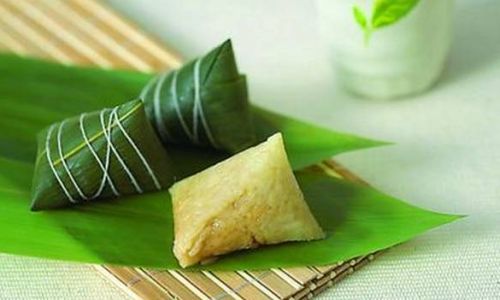
Preparing Your Ingredients
Glutinous Rice
- Quantity: Approximately 1 kilogram (2.2 pounds) for a standard-sized batch.
- Preparation: Rinse the rice thoroughly under cold running water until the water runs clear. Soak the rice in enough water to cover it by at least 2 inches for at least 4 hours or overnight. Soaking helps the rice absorb water, making it softer and stickier when cooked.
Bamboo Leaves
- Quantity: Enough to wrap all the rice and filling (usually around 50-60 large leaves).
- Preparation: Rinse the leaves thoroughly under cold water to remove any dirt or debris. Boil them in a large pot of water for about 10 minutes to soften them and make them more pliable. Drain and let them cool slightly before use.
Fillings (Choose Your Favorites)
- Sweet Fillings: Red bean paste, dates, lotus seed paste.
- Savory Fillings: Pork belly (marinated with soy sauce, sugar, five-spice powder, and Shaoxing wine), salted duck egg yolks, mushrooms, and bamboo shoots.
Seasonings and Additives
- Salt: For seasoning the rice, especially if making savory zongzi.
- Soy Sauce, Sugar, and Five-Spice Powder: For marinating pork if making savory zongzi.
- Cotton Twine or String: For tying the zongzi.
Step-by-Step Guide to Making Zongzi
Step 1: Preparing the Filling
-
For Sweet Zongzi:
- If using red bean paste, ensure it’s smooth and ready to use.
- Dates can be pitted and halved or left whole depending on preference.
-
For Savory Zongzi:
- Marinate the pork belly in a mixture of soy sauce, sugar, five-spice powder, and Shaoxing wine for at least 2 hours or overnight.
- Hard-boil the salted duck egg yolks (if using) for about 8 minutes, then peel and set aside.
Step 2: Preparing the Rice
- Once the rice has soaked for the required time, drain it well using a colander.
- If making savory zongzi, mix the drained rice with a pinch of salt to enhance flavor.
Step 3: Wrapping the Zongzi
-
Positioning the Leaf:
Take two bamboo leaves and overlap them slightly, creating a wider base. Fold the top end of the leaves down by about 1 inch to create a pocket.
-
Adding Rice and Filling:
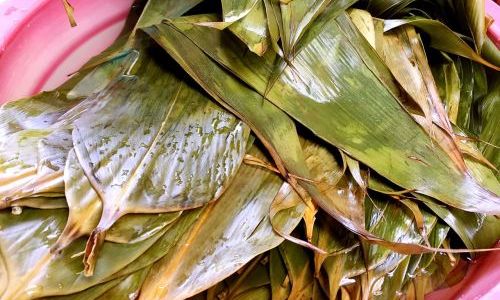
- Spoon a layer of glutinous rice into the center of the leaf pocket.
- Place your chosen filling on top of the rice. For savory zongzi, you might add a piece of pork belly, a salted duck egg yolk, and some mushrooms or bamboo shoots. For sweet zongzi, add a spoonful of red bean paste or a few dates.
- Cover the filling with another layer of glutinous rice, ensuring the filling is completely enclosed.
-
Folding and Sealing:
- Fold the sides of the leaf inwards over the rice and filling, then fold the bottom up and over to enclose the mixture completely.
- Use your fingers to press and shape the zongzi into a triangular or rectangular shape, ensuring there are no gaps where the rice can leak out.
-
Tying the Zongzi:
Secure the wrapped zongzi with cotton twine or string, tying it tightly to ensure it holds its shape during cooking.
Step 4: Cooking the Zongzi
-
Preparing the Pot:
- Place a large, heavy-bottomed pot on the stove and add enough water to cover the zongzi by at least 2 inches.
- Bring the water to a rolling boil.
-
Cooking Process:
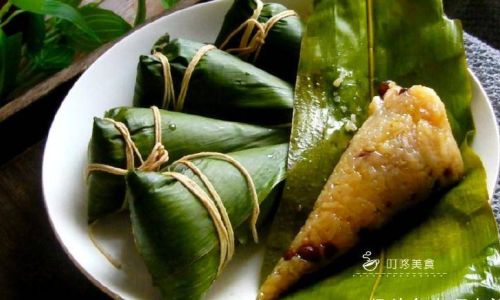
- Carefully place the tied zongzi into the boiling water. Make sure they are submerged completely.
- Reduce the heat to a gentle simmer and cook the zongzi for about 2-3 hours, depending on their size. Smaller zongzi may take less time, while larger ones may need more.
-
Checking for Doneness:
After the cooking time, remove one zongzi and let it cool slightly. Carefully unwrap it to check if the rice is tender and sticky, and the filling is cooked through.
Step 5: Serving and Enjoying
-
Cooling Down:
Once cooked, remove the zongzi from the pot using a slotted spoon and let them cool on a wire rack. This helps them set and makes them easier to handle.
-
Serving:
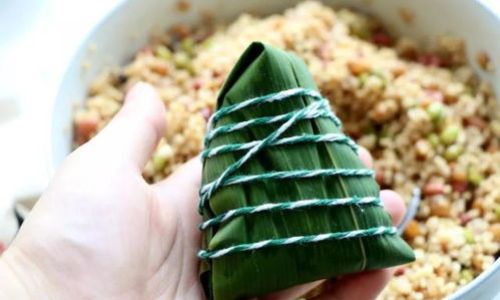
- To serve, unwrap the zongzi carefully, ensuring the rice and filling stay intact.
- Serve warm or at room temperature, with a dipping sauce like soy sauce, honey, or a mixture of sugar and vinegar if desired.
Tips for Making Perfect Zongzi
- Soaking the Rice: Soaking the glutinous rice is crucial for achieving the sticky texture. Don’t skip this step.
- Boiling the Leaves: Boiling the bamboo leaves softens them and makes them easier to fold without tearing.
- Tight Wrapping: Ensure the zongzi are wrapped tightly to prevent the rice from leaking out during cooking.
- Cooking Time: Cooking time may vary depending on the size and density of the zongzi. Always check for doneness before removing them from the heat.
- Storage: Leftover zongzi can be stored in the refrigerator for up to a week. Reheat them gently in the microwave or steam them before serving.
Conclusion
Making zongzi may seem like a daunting task, but with this simplified guide, you can enjoy delicious and beautifully wrapped dumplings without the hassle. Whether you prefer sweet or savory fillings, the key to success lies in proper preparation, careful wrapping, and patient cooking. So, gather your ingredients, roll up your sleeves, and embark on a culinary journey that combines tradition with the joy of homemade food. Happy zongzi-making!
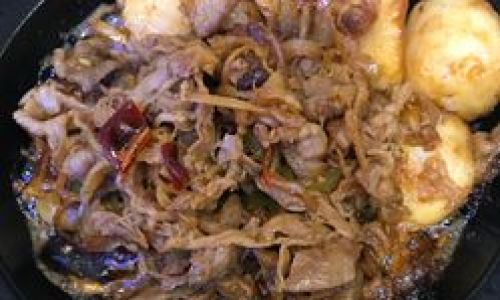
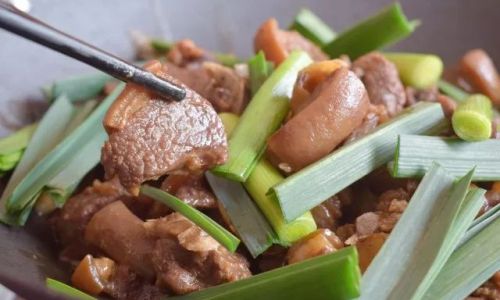
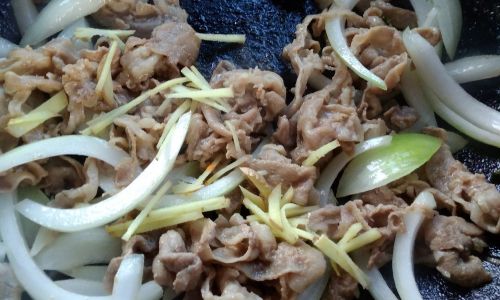
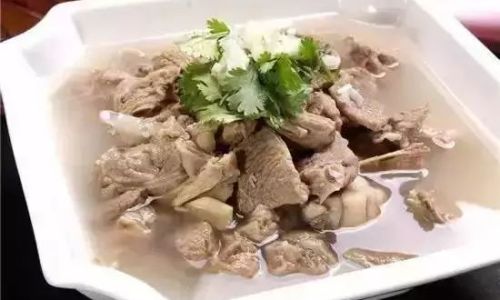
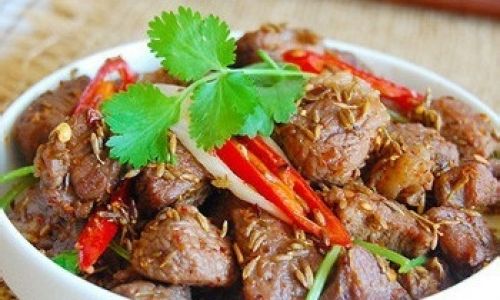
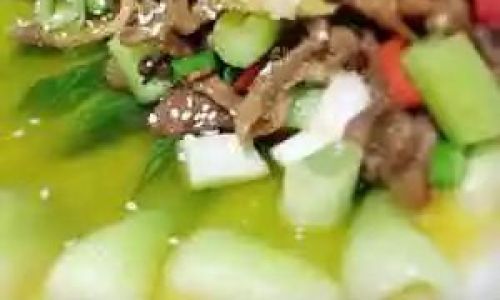
0 comments